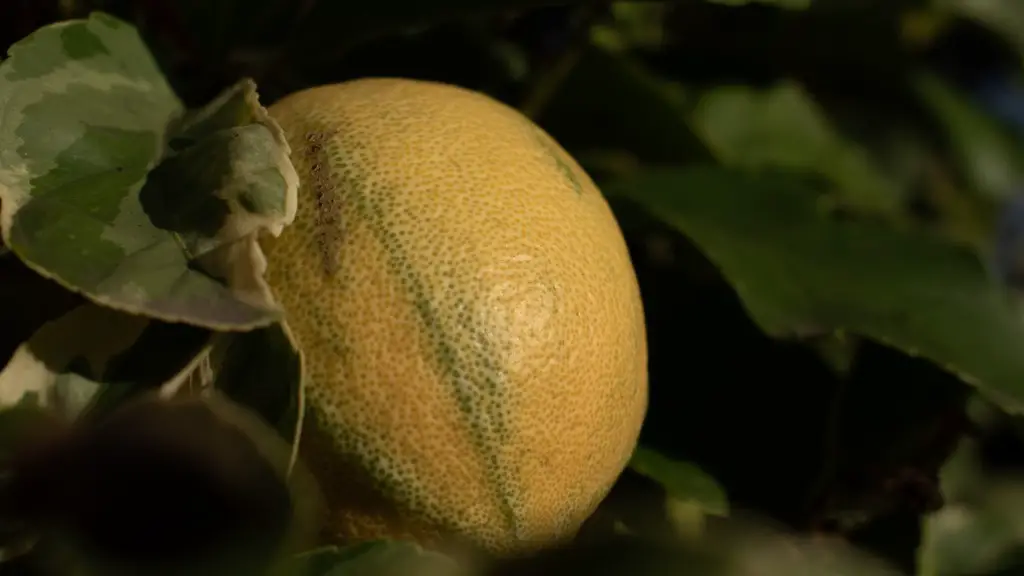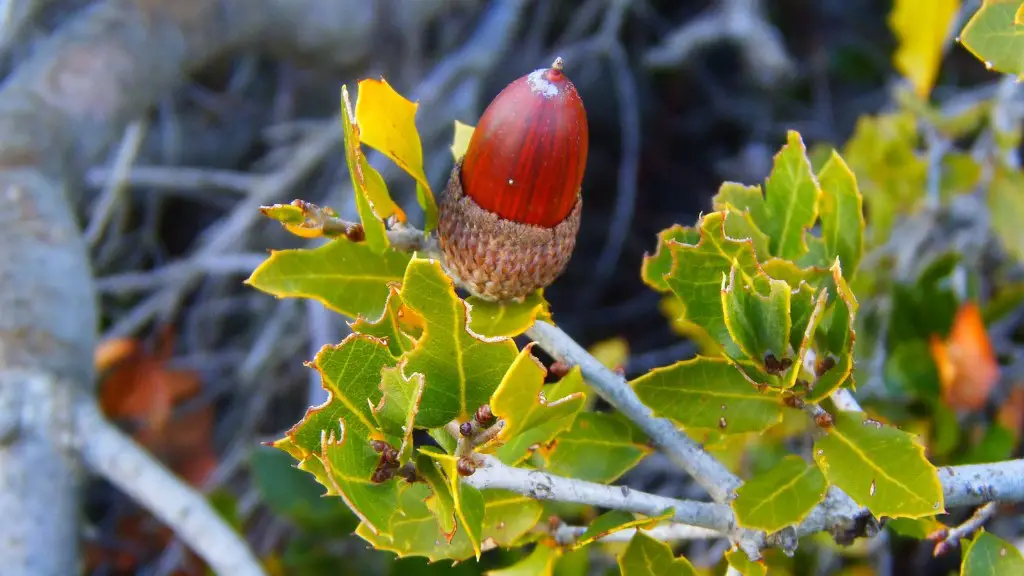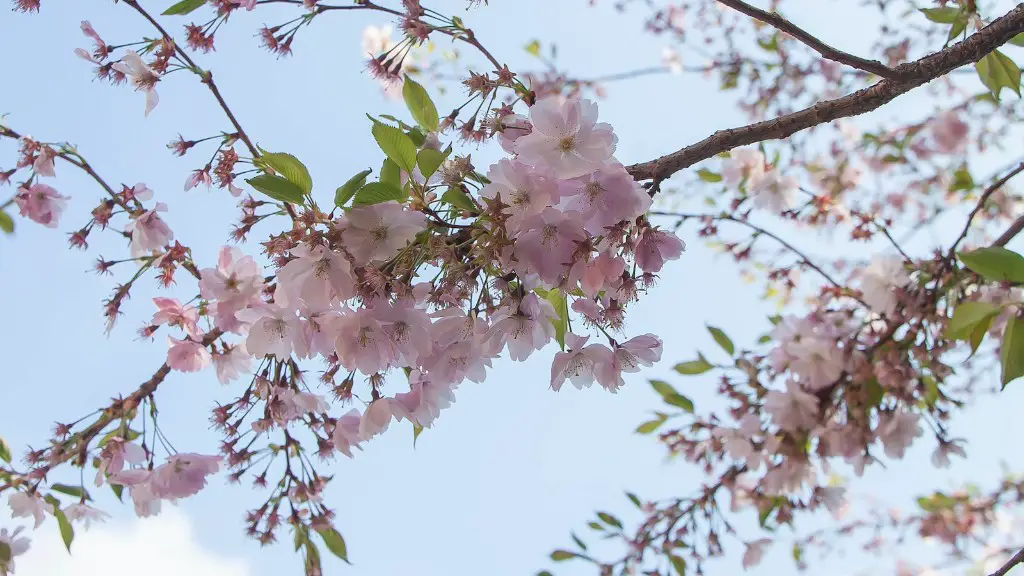In order to start a lemon tree from seeds, growers need to know several techniques and information on the growth process. Planting and caring for a lemon tree from seeds takes patience and perseverance, but for those willing to take the time, the rewards in flavour and nutrition are significant. Here are the main steps to take when starting a lemon tree from seeds.
Understand the Lemon’s Science
Understanding how a lemon tree grows and how it is pollinated is the first step to starting one. Lemons are pollinated by insects like bees, and the resulting fruit can actually contain seeds that you can collect and plant. Be sure to select ripe lemons, as they will have seeds that are more likely to germinate than immature lemons. Collect the seeds by cutting open the lemon, collecting the seeds that are inside, and then letting them dry for a few days.
Choose the Right Soil and Container
Lemon trees require well-drained soil and a container that is large enough for the tree’s roots. Opt for a potting soil mixture that is lightweight, with added organic matter such as compost or worm castings. Put a few inches of gravel at the bottom of the pot before filling it with soil to ensure proper drainage. The lemon tree will also need to be placed in an area that receives plenty of sunlight. A south-facing window would be ideal.
Planting the Seeds
Once the soil and container are ready, planting the seeds is the next step. Plant 1-2 seeds per pot, then cover the pots with a 1/4-inch layer of soil. Gently mist the soil with a spray bottle, then cover the pot with a plastic bag and place it in a warm place indoors. The seeds should germinate in 1-2 weeks. When the seedlings appear, remove the bag and turn the pots to ensure even growth.
Caring for the Young Tree
After the seedlings sprout, you will need to provide them with the right conditions. Ensure that the soil is evenly moist, but not soggy, and that the container has drainage holes at the bottom. Be sure to keep the soil in the container aerated by loosening it regularly and providing enough nutrients to facilitate growth. Water the soil strictly when it is dry, and provide fertilizer on a regular basis.
Provide Other Essential Care
Temperature is another important factor in caring for lemon tree seedlings. Keep the temperature inside the container at 15-20 degrees Celsius during the day and 8-10 degrees Celsius at night. Sunlight is essential for the tree’s growth, and it should be kept in a bright spot for at least 8 hours each day. Pruning and regular repotting are helpful for the tree’s development, and be sure to keep the lemon tree away from other “friendly” pests like aphids or whiteflies.
Harvest Your Trees Produce
When the lemon tree is about 3 years old, it should begin to produce fruit. Generally in spring and summer, the trees should be producing flowers, and if all goes well, these will turn into fruits by the beginning of autumn. If possible, try to check the fruit periodically to ensure that they are being pollinated and to watch out for any pests. When the lemons are ready, they should be a yellow-green colour, and be sure to pick them when they are still firm.
What to do in Freezing Temperatures
In colder climates or temperatures below 10°C, it is important to take steps to protect lemon trees from freezing temperatures. Move the plant indoors and make sure to provide it with as much light and warmth as possible. Choose a spot that is away from cold drafts and sudden temperature changes, and be sure to monitor the plants regularly. In freezing temperatures, the tree’s growth may slow down, and it may be necessary to provide the tree with additional fertilizers and nutrients.
How to Protect the Trees from Pests and Diseases
Lemon trees can be vulnerable to pest and diseases, so it is important to take preventative measures to ensure their protection. Monitor the plants regularly for any signs of pests or diseases. If you spot any, consult with your local gardening centre on the appropriate treatment. Be sure to use organic products whenever possible, and to check the tree regularly to ensure the treatments are working.
Different Varieties of Lemon Trees
As you become a more experienced grower, you may want to experiment with different varieties of lemon trees. Santa Teresa is a hardy variety that can tolerate colder temperatures, while Eureka is a disease-resistant variety. Meyer lemons are sweet and low in acid, and Ponderosa lemons are large and can sometimes be too tart for some tastes. Experimenting with different varieties of Lemon trees can be a great way to produce unique flavours and find the perfect variety for your needs.


